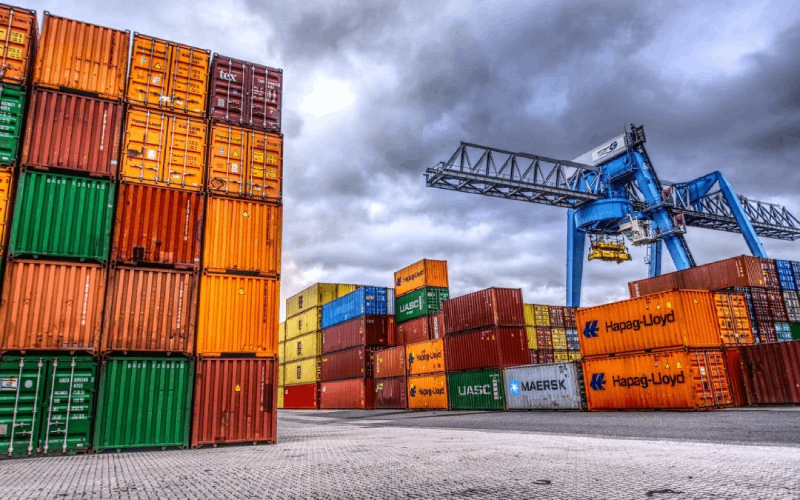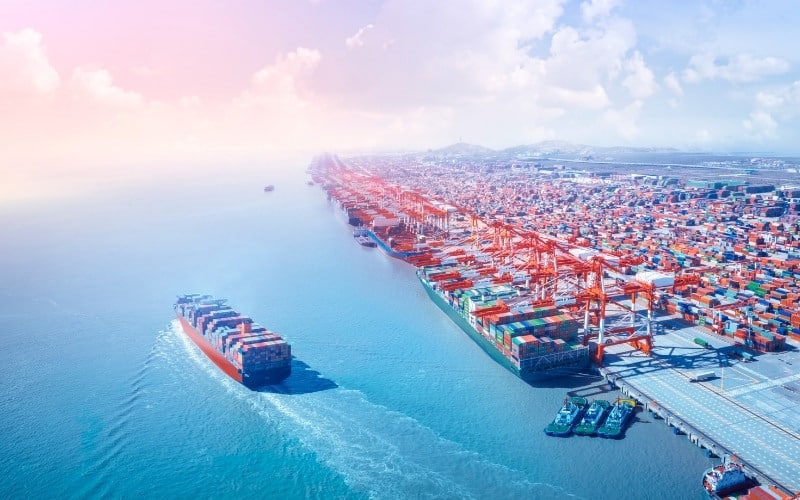Welcome to GLA! Leading the global logistics alliance.


Your location:Home > News > The cargo volume of container shipping market dropped, and the excess demand almost disappeared
Time:2022-08-29 Publisher:Kevin Num:5907

The container shipping industry is full of uncertainty. This year, the traffic volume in the second half of the year may be lower than that in the first half of the year. Peter sand, chief analyst of Xeneta, said that the characteristics of this year's shipping peak season are not obvious.
According to the latest data, this year's maritime trade volume has dropped by 1.8% compared with last year. If the volume in the second half of the year is lower than that in the first half of the year, it means that the annual maritime trade volume will drop by 2.7%.
In addition, soaring inflation will also have a negative impact on trade volume. In July, the US consumer price index remained stable, but it remained at an annual rate of 8.5%.
Mark Mathews, vice president of the American Retail Federation, pointed out that although the annual growth rate of 8.5% was lower than that in previous months, it was still higher than that in April this year.
According to market analyst Emily Stausb of Xeneta, retail sales in the United States are still growing and are stronger than the growth before the outbreak. But given inflation, even if consumers spend as much as they used to, their real purchasing power is declining.
Stausb believes that the downward trend in the next few months may not be reversed, but the spot freight rate is unlikely to fall rapidly.

According to the latest survey results of sea intelligence, a maritime data analysis company, the demand for containers in the container shipping market is gradually in line with the capacity of the global fleet.
Alan Murphy, chief executive officer of Sea Intelligence, said that although the fleet's capacity was steadily increasing at a rate of about 4% per year from 2020 to 2022, the actual available capacity of the fleet decreased significantly as the delay began to deteriorate.
Murphy added that it is clear that the "extreme advantage" in favor of shipping companies in 2021 is driven by the cumulative demand growth that continues to be higher than the available fleet capacity.
This impact began in July 2020, and the imbalance between supply and demand began to weaken in recent months.
"The recent normalization trend, in turn, is mainly driven by the gradual improvement of ship schedule reliability and ship delay. As long as it continues to improve, we expect that the supply-demand balance will continue to decline, and freight will face increasing downward pressure."
Prev:Due to congestion and shortage of transport capacity, the surcharges of this service in inland Europe has skyrocketedNext:Welcome! Membership Renewal from Japan ———— SANYO Logistics Inc
Recommended Membership
Latest News